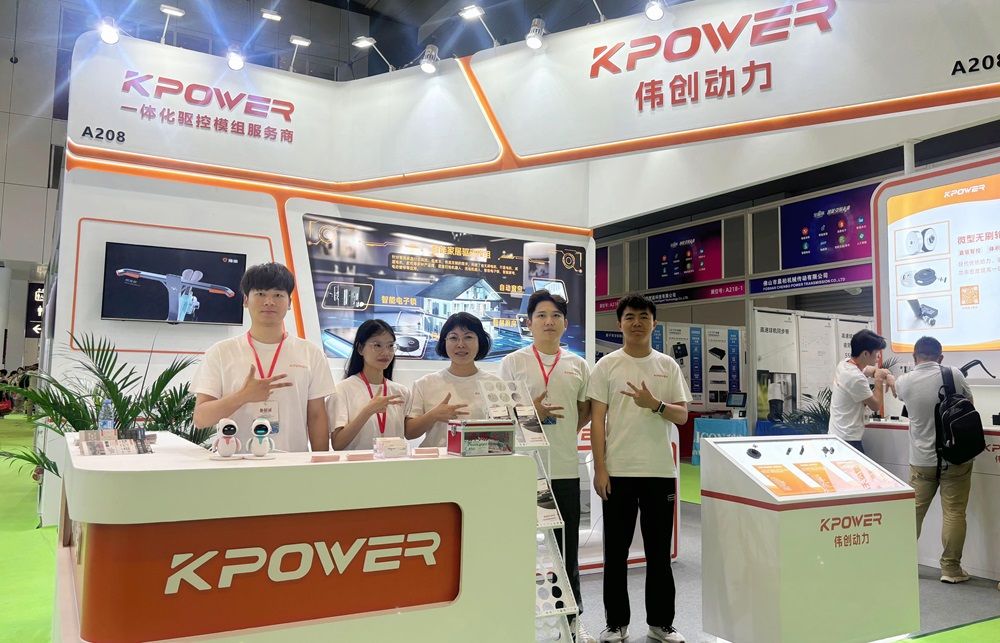part 1:
The Marvel of Modern Motion: An Introduction to 12 Volt Servo Motors
In the rapidly evolving landscape of automation and robotics, the 12 volt servo motor holds a esteemed place. Compact, efficient, and highly controllable, these motors are integral to systems demanding precision movement—whether in small robotic arms, camera pan-tilt setups, or remote-controlled vehicles.

At its core, a servo motor is a rotary actuator designed to provide precise control of angular position. Unlike simple motors, servos incorporate feedback mechanisms that allow for real-time adjustments, ensuring the output shaft aligns exactly with command signals. This makes them invaluable wherever accuracy and repeatability are critical.
A typical 12 volt servo motor operates on a standard DC voltage supply, making it compatible with a plethora of power systems—be it a battery-powered drone or a laboratory automation setup. The choice of 12 volts strikes a balance: it delivers enough power for substantial torque without demanding heavy-duty power supplies or risking overheating.
Why the 90 Degree Gearbox Matters
In many practical applications, a direct-drive motor’s rotation range isn’t always suitable—sometimes, the application demands a specific angle of movement, such as 90 degrees, which is common in robotic joints or camera gimbals.
This is where a 90 degree gearbox becomes invaluable. Essentially, it’s a gear reduction mechanism that converts the motor's rotational axis from its natural orientation into orthogonal movement—90 degrees—allowing engineers to design more flexible and space-efficient systems.
Imagine a robot arm folding or extending at a perfect right angle or a pan-tilt camera system rotating smoothly within a constrained space. The gearbox does the heavy lifting, translating the motor’s rotational energy into controlled, high-torque movement precisely at a 90-degree angle.
Inside the 12 Volt Servo with 90 Degree Gearbox
At a glance, this is a compact device combining a high-quality DC servo motor with a gear train—typically a planetary or spur gear system—optimized for a specific 90 degree rotation.
The motor itself usually features a coreless design or a high-torque brushed or brushless DC motor, depending on the model. The gearbox, often manufactured from durable metals or reinforced plastics, provides a gear reduction ratio that amplifies torque while reducing rotational speed, leading to more precise and forceful motion.
And the magic of this combination isn’t just in its mechanical design but also in its integrated control circuitry. Most servo modules incorporate Pulse Width Modulation (PWM) control and feedback sensors, such as potentiometers or Hall sensors, allowing for angular positioning within a tight margin of error—often less than a degree.
I'll deliver the second part shortly, where we’ll dive deeper into applications, specific features, selection tips, and emerging trends around these servo systems.
Kpower has delivered professional drive system solutions to over 500 enterprise clients globally with products covering various fields such as Smart Home Systems, Automatic Electronics, Robotics, Precision Agriculture, Drones, and Industrial Automation.




































